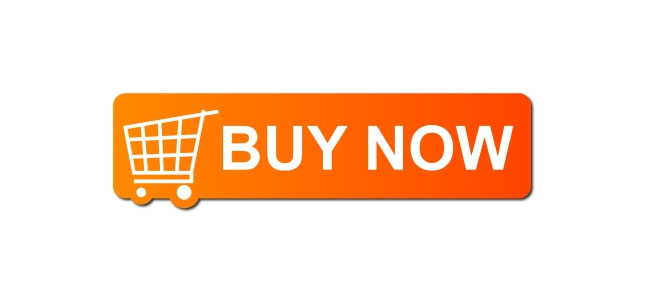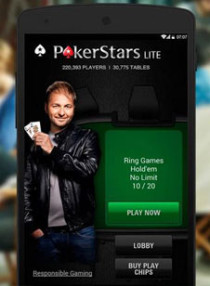The BUY Button!
 The power of the BUY button is severely underestimated; introducing it can mean a whole new crowd of mobile shoppers. One click is all it takes, and it seems like many people would be more willing to use their mobiles to buy something online. Just think about it: wouldn’t it be more convenient to buy the newest gambling gadgets on your iPhone? Tech giants have come up with a solution: the BUY button. It simplifies online shopping on your phone and makes it less… well, irritating. Having to tap and click your way through retail platforms and small buttons is why most people turn to their computers for shopping. The stats are clear on what happens: according to eMarketer, half of the total time spent on the Internet is “browsed away” by people using their phones. But, as The New York Times reports, there is a great difference between time spent on an online retail website and the actual purchasing. In other words, people check out the merchandise and pinpoint preferences on their mobile phones, then proceed to actually buying the stuff with their computers. Just like Andrew Lipsman, vice president for marketing and insights at comScore said, “[…]there’s a gap between time spent and dollars spent. ”
Maybe phone screens are way too small?
Most mobile gambling apps have already mastered the art of making things easier to click or tap on. Buttons made bigger, more spacey design to rule out tapping the wrong button. To be fair, they kind of had to, because without such modifications, gaming experience would be subpar. Social media giants like Pinterest, Twitter, Google and Facebook have stepped on a similar path to up the popularity of their mobile platforms. An important step, if we look at the colossal piles of money they get from ads (that are progressively shifting to mobile phones due to the drastically increasing number of smart phone users. The new BUY buttons will be much better than the existing ones, The New York Times states. The existing “Buy” buttons only put the items into the virtual shopping cart and from then on, you still have to tap in information. This, however, is gone with the new systems. Like at Pinterest, you’re supposed to give your credit card details and address in the application. Once you’re done, you can start surfing. And now comes the wonderfully simple part: if you see something you like, you just have to click the “Buy it” button and it’s done. The seller gets your details needed for the purchase, and you’re desired item will soon be on its way.
Mobile ad statistics are far from great
You see an ad on your mobile phone that is advertising the newest professional gambling tool. It looks like it will really help you up your game, so you tap on it to see what it’s all about because you have the sudden urge to buy it. Somehow, however, due to the never-ending tapping to actually order it, you lose interest and leave it at that. Don’t worry, you’re not the only one: according to The New York Times, sales after clicks on mobile phones happen 84% less than sales after clicks on desktop. This means that probably you too, are more prone to buy something after you’ve clicked on an ad… on your computer. It is understandable then, that companies seek to come up with an answer to balance the field. Initially, it seems like a good enough plan, because people are lazy (don’t look fake-surprised, I’m not buying it,) and look for the simplest possible way to acquire things. Why do you think online retailing became popular so fast? We try to simplify and speed up, so we choose the most convenient way. And, if mobile apps manage to pull off a user-friendly, rapid way to buy stuff, income from ads will definitely skyrocket. So, the battle of mobiles and computers begins. |










